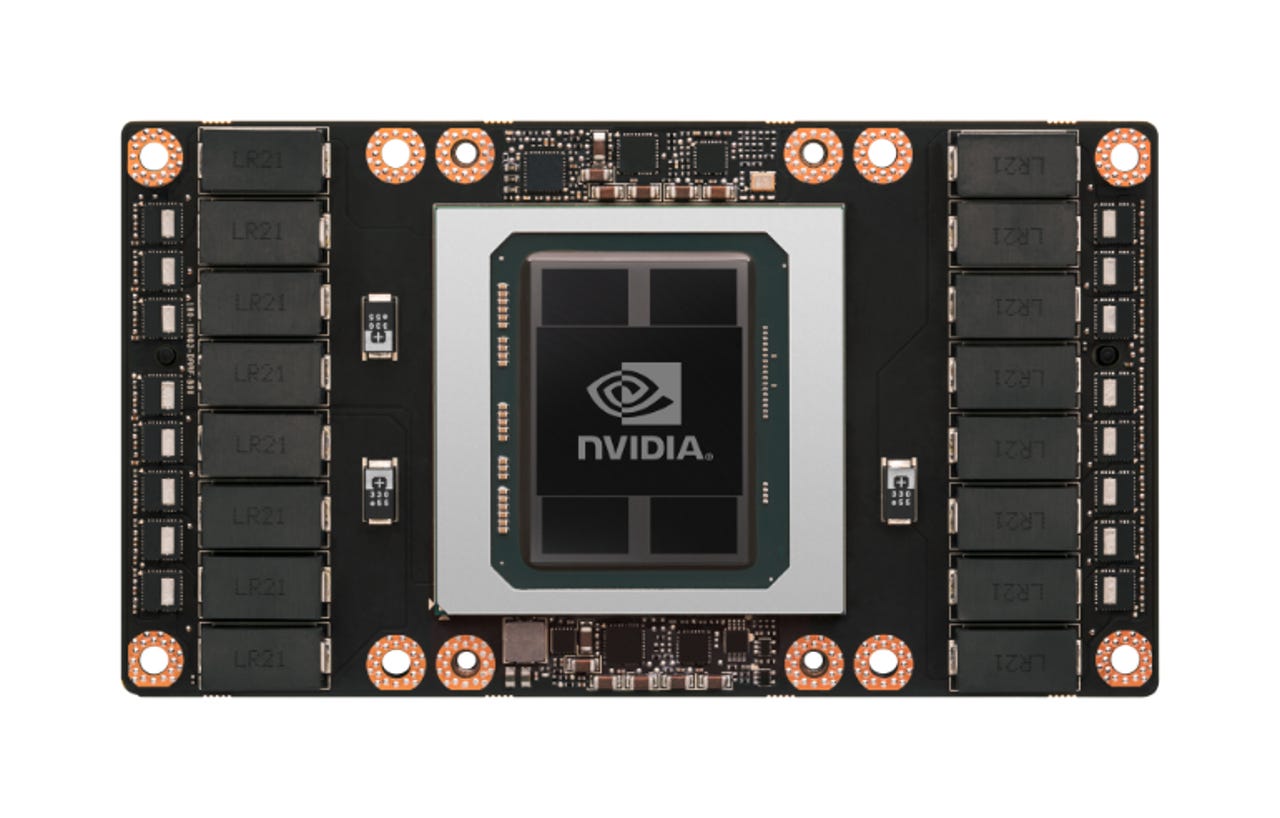CSIRO sees increasing interest in machine learning


The Commonwealth Scientific and Industrial Research Organisation (CSIRO) has signed on for a pair of Nvidia DGX-1 3U boxes to serve as a platform for applying machine learning to its science.
Angus Macoustra, acting deputy CIO and executive manager for Scientific Computing at CSIRO, said the boxes would be used for medical image analysis, nano-material modelling, genome analysis, astronomy, and space science.
In the realm of space science, Macoustra said machine learning can help with hunting for the signature of pulsars.
"Two thirds of all known pulsars discovered in the world have actually been observed on the Parkes radio telescope, and CSIRO holds close to 40 years of data collected from that instrument," Macoustra said during the GTCx Australia conference on Tuesday.
"Machine learning gives us mechanisms to interrogate that data and it is the belief of our scientists that there are still a number of unknown pulsars locked up in these data sets that span the past 40 years."
Macoustra said interest among all nine CSIRO areas for machine learning was high, and the pair of DGX-1 installed in its Canberra datacentre would allow for researchers to be introduced to machine learning.
"GPU accelerated technologies have been key to CSIRO's research portfolio for a number of years now," Macoustra said. "That's really down to an observation we made as an organisation back then was the CPU was not getting any faster, and for us to remain competitive in research, we had to look at novel technologies and novel solutions as to how we could increase the throughput and the efficiency of our science."
The acting deputy CIO said the CSIRO typically operates on a four-year refresh cycle, which is typically staggered between systems. The organisation would be using its new purchase to inform themselves about Nvidia's new Pascal architecture with an eye towards an upcoming GPU replacement.
Announced in April, the DGX-1 packs two 16-core Xeon CPUs, 512GB of memory, eight Tesla P100 GPUs, 7TB of solid-state storage, and dual 10Gbps Ethernet and 100Gbps InfiniBand ports. Pricing begins at $129,000, and the company claims the DGX-1 is capable of 170 teraflops and a full rack will deliver up to two petaflops of half precision (FP16) operations
"I think we are going to realise looking back that one of the biggest things that ever happened is AI," Nvidia CEO Jen-Hsun Huang said at the time. "We think this is a new computing model, a fundamentally different approach to developing software."
Last month, Nvidia launched the Tesla P4 and P40 graphics processing units.
The P40 clocks in at 12 teraflops for single precision calculation and 47 trillion int8 operations per second thanks to 24GB GDDR5 memory with 346GBps bandwidth, and 3,840 CUDA cores, according to Nvidia's specs sheet. The less powerful P4 offers 5.5 teraflops for single precision and 22 trillion int8 operations per second, backed by 2,560 CUDA cores and 8GB GDDR5 memory with bandwidth of 192GBps.
Designed for artificial intelligence and running neural networks, the P40 will be available in October, while the P4 will arrive in November.
Nvidia took the wraps off its Pascal architecture in May when it launched its GTX 1080 and 1070.
The purchase by the CSIRO of the pair of DGX-1 systems represent an Asia-Pacific first deployment for the product.
Disclosure: Chris Duckett travelled to GTCx Australia as a guest of Nvidia.